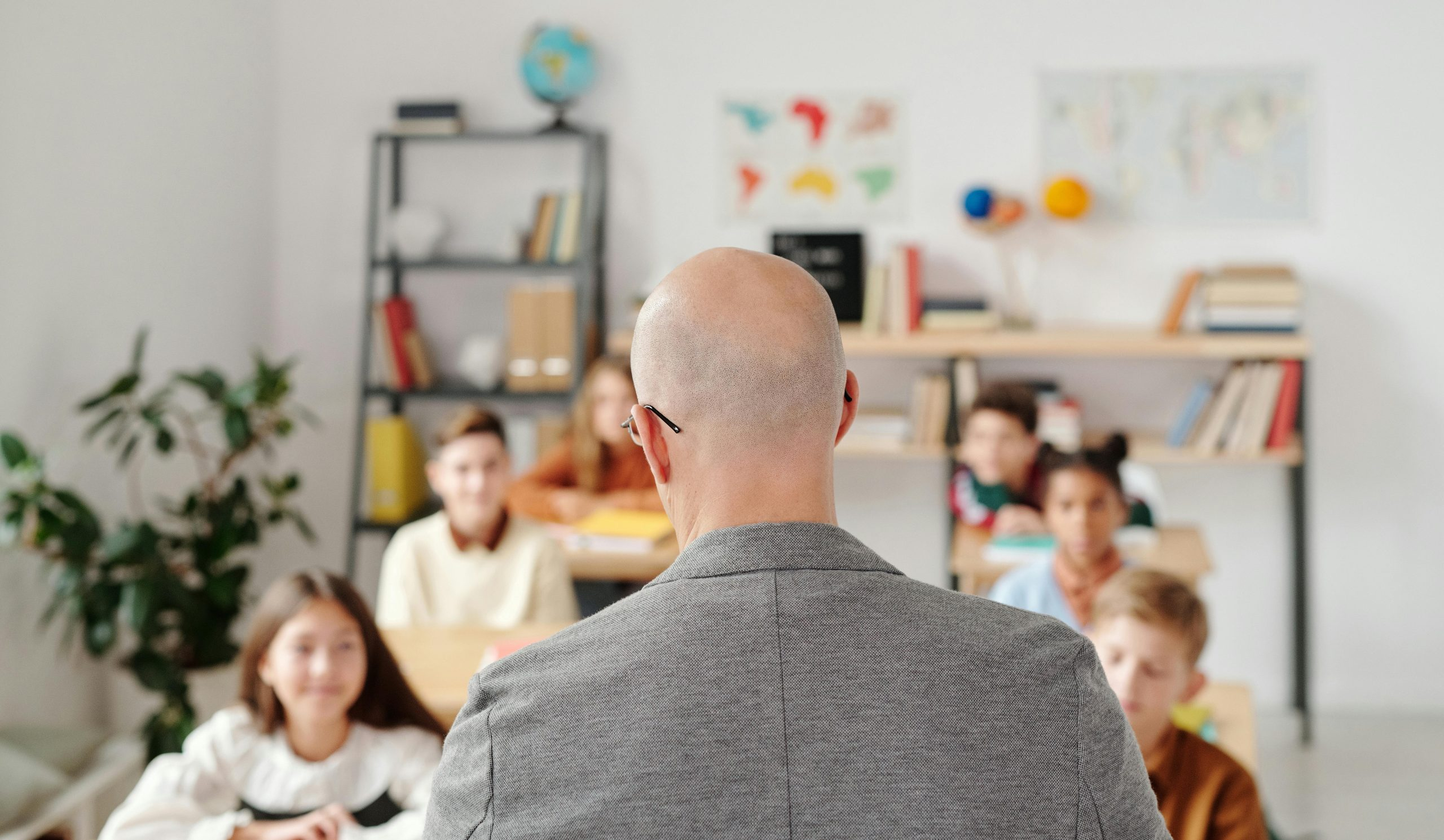Improving Educational Accessibility for Students with Disabilities
Education is the cornerstone of individual growth and success. It provides opportunities for learning, personal development, and the acquisition of essential skills. However, for students with disabilities, accessing education can be a challenge. Despite laws and policies in place to ensure equal access, students with disabilities still face barriers that hinder their educational opportunities. In this article, we will explore the importance of improving educational accessibility for students with disabilities and discuss practical solutions for creating inclusive learning environments.
The Importance of Accessibility in Education
In today’s fast-paced world, education has become more important than ever. It is essential for individuals to gain knowledge and skills that will enable them to adapt to an ever-changing society and be employable in a competitive job market. However, students with disabilities often face challenges that make it difficult to access and fully participate in the educational process.
According to the World Health Organization, approximately 15% of the world’s population – over a billion people – have some form of disability. In the United States alone, around 7 million students are receiving special education services for a variety of disabilities, including physical, cognitive, and emotional disabilities.
Providing equal access to education for students with disabilities is not just a moral obligation; it is a legal requirement. The Individuals with Disabilities Education Act (IDEA) and the Americans with Disabilities Act (ADA) aim to ensure that all students with disabilities have equal access to educational opportunities. These laws require schools to make appropriate accommodations and modifications to ensure that students with disabilities can participate fully in classroom activities.
Barriers to Educational Accessibility for Students with Disabilities
Despite the existence of laws and policies, students with disabilities still face significant barriers in accessing education. These barriers can include physical, informational, and attitudinal barriers.
Physical Barriers
Physical barriers refer to the lack of accessibility in the physical environment. This can include inaccessible classrooms, inaccessible bathrooms, and inadequate transportation. For students with physical disabilities, these physical barriers can significantly impact their ability to access education.
Informational Barriers
Informational barriers refer to the lack of access to information in a format that is usable by individuals with disabilities. For example, students with visual impairments may not be able to access information presented in a visual format. Students with hearing impairments may struggle to access spoken information without captions or sign language interpretation.
Attitudinal Barriers
Attitudinal barriers refer to negative attitudes and stereotypes held towards individuals with disabilities. These barriers can prevent students with disabilities from feeling included, valued, and accepted in the school environment. This can lead to feelings of isolation, low self-esteem, and decreased motivation to participate in educational activities.
Improving Educational Accessibility for Students with Disabilities
To ensure that students with disabilities have equal access to education, it is essential to address and remove these barriers. Here are some practical solutions for improving educational accessibility for students with disabilities:
Provide Appropriate Accommodations and Modifications
Schools are required to provide reasonable accommodations and modifications to ensure that students with disabilities can participate fully in educational activities. These accommodations may include assistive technology, accessible materials, and modified assignments or assessments. It is important to work with the student and their parents to determine the most effective accommodations and modifications to meet their unique needs.
Create Inclusive Learning Environments
Inclusive learning environments foster a sense of belonging, respect, and acceptance for all students, regardless of their abilities. Teachers can create an inclusive classroom by using universal design for learning (UDL) principles, which involve creating flexible learning activities that meet the needs of all students. This may include using different means of representation, expression, and engagement to accommodate different learning styles and abilities.
Provide Disability Awareness Training for Staff and Students
Disability awareness training can help all members of the school community understand and appreciate the challenges faced by students with disabilities. It can also help to reduce negative attitudes and stereotypes and promote inclusion. Staff and students should receive training on disability rights, accessibility, and effective communication with individuals with disabilities.
Collaborate with Parents and Disability Organizations
Parents of students with disabilities can provide valuable insights and suggestions for improving educational accessibility. It is important to involve them in the educational planning process and work together to identify and address potential barriers. Disability organizations also provide resources, support, and advocacy for students with disabilities and can play a significant role in creating inclusive learning environments.
Conclusion
Accessibility is vital to ensure that all individuals, regardless of their abilities, have equal access to education. It is our responsibility as a society to remove barriers and create inclusive learning environments for students with disabilities. By providing appropriate accommodations and modifications, creating an inclusive learning environment, providing disability awareness training, and collaborating with parents and disability organizations, we can improve educational accessibility for students with disabilities and ensure that they have the opportunity to reach their full potential.











